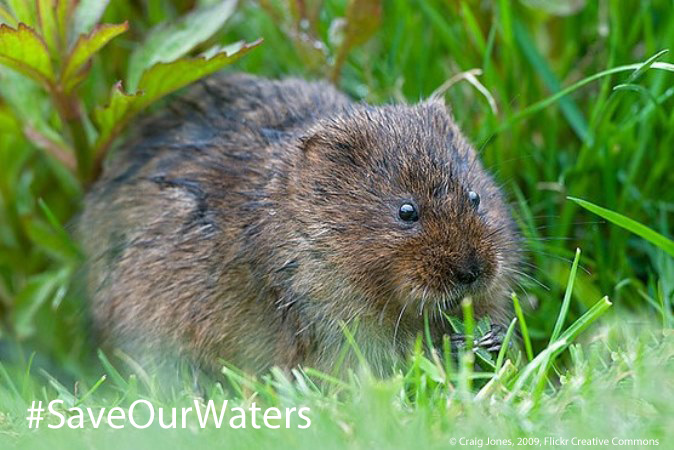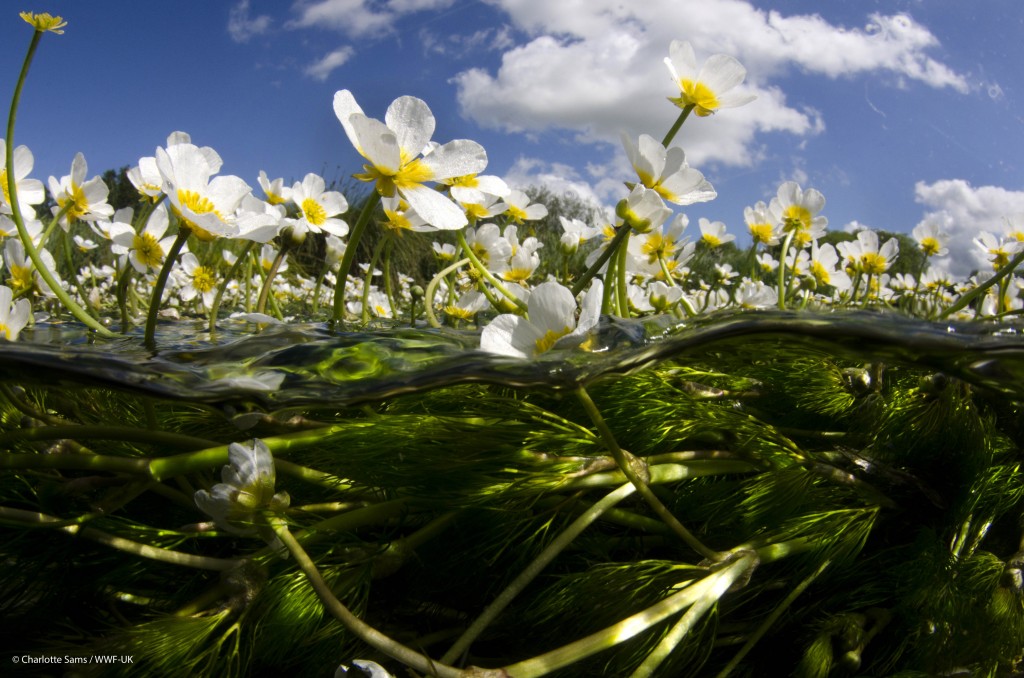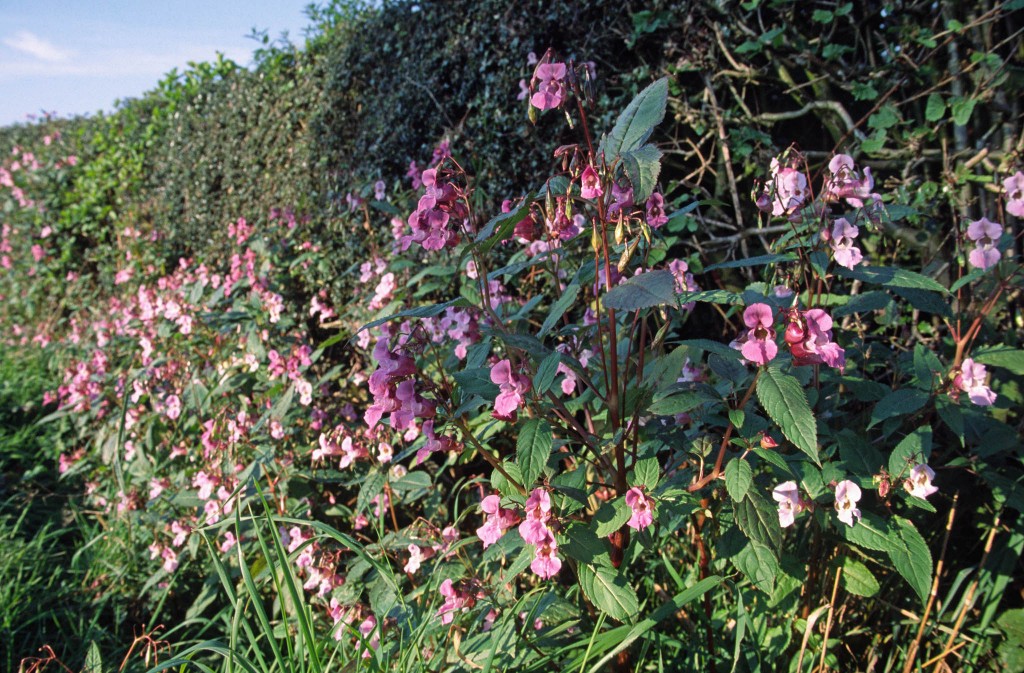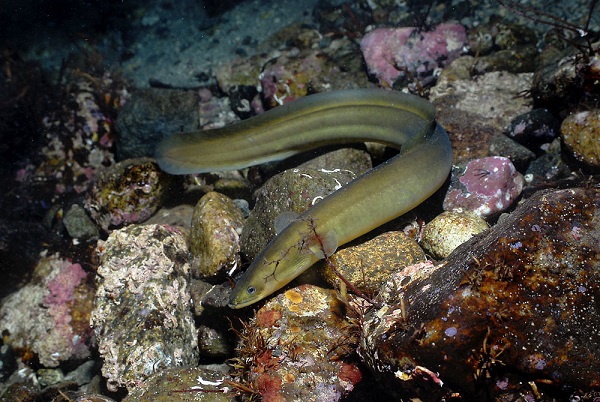“Rivers are the arteries of our planet”
On Sunday 27 September, people from all over the world will come together to celebrate World Rivers Day. It’s a day to get out and enjoy your local river, learn how you can help look after it and celebrate the wildlife and habitats it supports.
Rivers are essential for life. They are havens for wildlife – from the water vole to white-clawed crayfish; they are part of nature’s playground – we swim in them, fish in them and sail on them; and they supply water to millions of homes and business. Put simply – we can’t live without them.
Healthy rivers for people and nature
Through the WaterLIFE project, we want to see healthy rivers for people and nature. At the moment only 17% of rivers in England are healthy. Our precious rivers are being harmed by a range of threats, including, pollution, too much water being taken, invasive species as well as human modifications (things like river channels being straightened or widened). You can find out more about where we’re waroking by visiting the project pages.
There’s lots of ways to join in – from taking a dip in your local stream to organising a river clean up with friends, family or colleagues or simply snapping a picture of your favourite spot and tweeting to #SaveOurWaters. Visit the official World Rivers Day website for more inspiration, and to find to what other people are doing.
It’s also a great opportunity to learn a bit about your local river – what wildlife does it support? Is it healthy? What challenges is it facing? There’ll be lots of information on your local rivers trust website. If you don’t know which Trust is relevant to you, visit The Rivers Trust website, the umbrella organisation for rivers trusts.
You can also get involved in Save Our Waters. The campaign, run by Blueprint for Water, is asking everyone to take just two minutes and write to their local MP to tell them why their river matters. Find out more on the Save Our Waters website.
A walk down the river bank
In celebration of World Rivers Day, we are taking a look at what you might find along our riverbanks – the good, the bad and the ugly!
Water Vole
The Water Vole is the largest vole in Britain (think Ratty from Wind in the Willow). They build themselves waterside burrows, digging into the banks of slow flowing rivers. These burrows are an architectural feet – with different floors, nesting chambers as well as a larder to store food (some even build a platform so they can sunbathe!) These impressive homes also help prevent flooding.
Sadly though, 90% of our water vole population has disappeared, primarily because of the loss of habitat and an increase in American Mink.

The tranquil English chalk stream
The majority of the world’s chalk streams are found it southern and eastern England. Beneath their crystal clear waters, you can see bundles of vibrant green water crowfoot, shiny silver grayling and brown spotted trout. These rivers are havens for wildlife – supporting iconic species like the water vole, otter and mayfly.

Himalayan Balsam
It may look attraction, but Himalayan balsam is an invasive none-native plant now widespread on our riverbanks. It spreads very quickly, growing over 2 metres in a single season, forming dense thickets, suffocating other plants and leaving the riverbanks bare when it does in the winter.

European Eel
The elongated, snake-like body of the European freshwater eel is unmistakable. Found in our rivers, canals, lakes and reservoirs, they are the only European fish to leave European shores to spawn in the sea.
The eel was once abundant around the UK but it is in trouble. Numbers have fallen to less than 5% of their 1980s levels because of pollution, over-fishing and barriers to migration and it is now a critically endangered species.
Join us in celebrating our rivers #riversday15.

